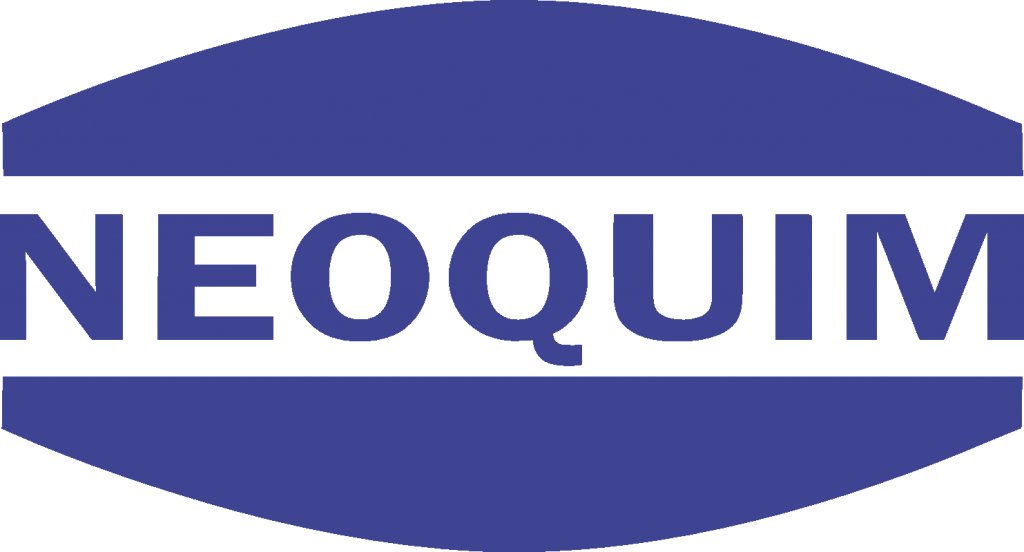
The differences in accounting standards globally create challenges for multinational corporations and can complicate cross-border comparisons of financial statements. Companies considering the use of LIFO must carefully evaluate these standards and their implications for financial reporting and tax compliance. Most companies that use LIFO are those that are forced to maintain a large amount of inventory at all times. By offsetting sales income with their highest purchase prices, they produce less taxable income on paper. Under FIFO, the retailer sells older, cheaper inventory first, resulting in lower COGS and higher reported profits. Under LIFO, selling the more recent, expensive inventory first results in higher COGS and lower reported profits.
FIFO vs LIFO: Final Thoughts
Therefore, if you have an international business that operates outside of the U.S, you should stick to FIFO instead. Equip yourself with more information on the latest trends in the market, technology, and how your peers are solving their business problems. what is an accrued expense square business glossary Amanda Bellucco-Chatham is an editor, writer, and fact-checker with years of experience researching personal finance topics. Specialties include general financial planning, career development, lending, retirement, tax preparation, and credit.

Inventory-Intensive Businesses
For example, the International Financial Reporting Standards (IFRS), which many countries follow, do not allow the use of LIFO for inventory valuation. This restriction means that multinational corporations or companies outside the U.S. that adhere to IFRS may not use LIFO. One potential downside to LIFO is that it can lead to higher inventory costs as old items must be replaced frequently.
The Future of LIFO: A Method in Evolution
- Therefore, your ending inventory balance will be valued at the earlier, presumably cheaper cost, and your more recent costs reported as the cost of goods sold.
- By reporting higher costs of goods sold, LIFO lowers your profits, which, in turn, reduces your tax obligations.
- At year-end, you create your financial statements and you find that you have brought in 4000 dollars in sales for selling 1000 cups at 4 dollars per cup.
LIFO is most beneficial in times of inflation when prices of inventory items are rising. This practice can lead to lower reported profits but also results in a tax deferral, providing a cash flow advantage. One of the main reasons for this ‘ban’ is the concern that LIFO can result in the understatement of income taxes in periods of inflation. By assuming that the oldest, cheaper inventory items are sold first, the COGS reported on the income statement may be lower. As a result, businesses can gain tax advantages that don’t reflect the economic reality of the business.
FIFO vs. LIFO: Advantages and Disadvantages
Profits under LIFO are more appealing to investors during periods of economic reductions in pricing. When calculating your ending inventory value using FIFO, you’re reporting on the regular flow of inventory throughout your supply chain. This method is particularly beneficial in times of rising inflation because your more recent inventory would likely cost more than your older inventory stock. Inventory valuation is an accounting process used by companies to assign value to their inventory. It determines the cost of unsold goods at the close of an accounting period and plays a critical role in calculating the cost of goods sold (COGS) and the gross profit for the period. The use of LIFO is subject to various accounting standards and regulations, which differ significantly between the United States and the rest of the world.
Do you own a business?
A perpetual system continuously updates the inventory and COGS with each sale and purchase. Many companies use the dollar-value LIFO method, which groups inventory into pools based on similar characteristics. This approach simplifies the LIFO calculation for companies with numerous inventory items. If inflation were nonexistent, then all three of the inventory valuation methods would produce the same exact results. When prices are stable, our bakery example from earlier would be able to produce all of its bread loaves at $1, and LIFO, FIFO, and average cost would give us a cost of $1 per loaf.
However, it’s crucial to consider that adopting this method may affect your ability to secure credit, as lenders often look at profitability as a key indicator of financial health. Before implementing LIFO, weigh the impact of showing lower profits on your business’s ability to obtain financing. LIFO can be used to manipulate reported income by timing inventory purchases. For example, a company could artificially lower its taxable income by making large inventory purchases just before the end of a financial period.
It’s crucial to remember that adopting LIFO method has tax implications and should be carefully considered in consultation with your accountant to make sure it supports your overall business objectives. This method assumes that the products in your inventory flow in a certain way, with the most recent acquisitions being the first to be sold. When using LIFO method, you would take the box that was just placed on top of the others rather than the one at the bottom.
They can assist you in navigating the complexities of LIFO and FIFO and take into account the particulars of your company as well as your financial objectives. And by making an informed decision, you can derive the full potential of your chosen inventory accounting method. FIFO assumes that inventory assets with the oldest costs are included in the cost of goods sold (COGS). Because these older expenses are lower, the result is a higher net income on the company’s financial statements.
LIFO is best suited for situations in which inventory needs to remain up-to-date and turnover is high, such as in retail stores or warehouses. It is not recommended for situations where stock needs to remain consistent or bulk discounts are available. In terms of the flow of cost, the principle that LIFO follows is the opposite compared to FIFO. When materials are returned from the factory to the storeroom, they should be treated as the most recent stock on hand.

